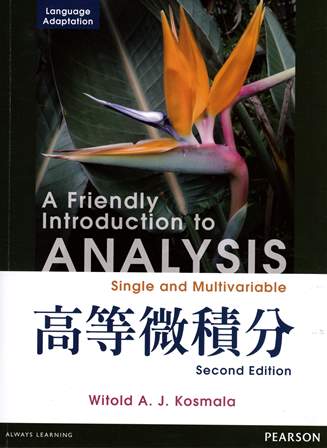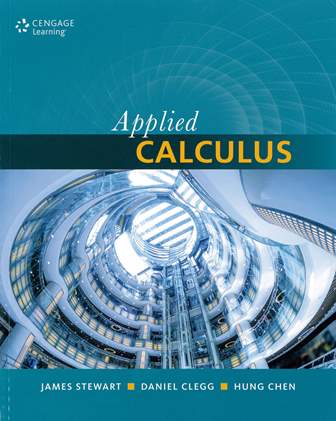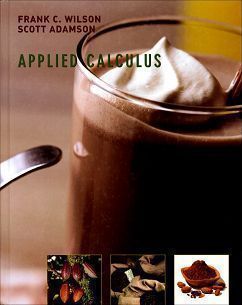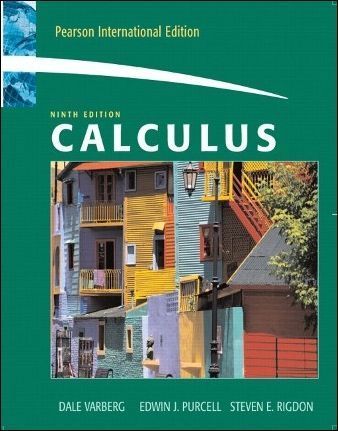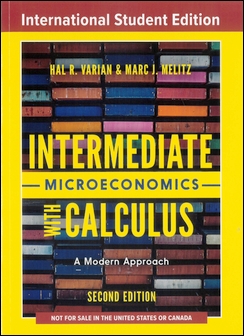書籍分類
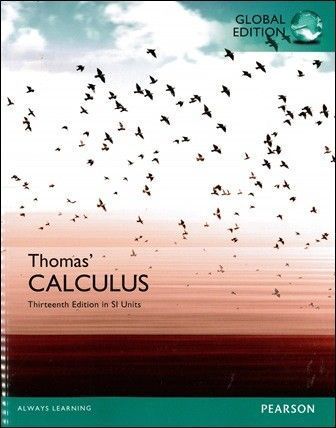
Thomas' Calculus 13/e in SI Units
作者:George B. Thomas, Maurice D. Weir, Joel R. Hass
原價:NT$ 1,350
ISBN:9781292089799
版次:13
年份:2016
出版商:Pearson Education
頁數/規格:1188頁/平裝彩色
版次:13
年份:2016
出版商:Pearson Education
頁數/規格:1188頁/平裝彩色
內容介紹 本書特色 目錄 作者介紹
- Description
Thomas’ Calculus, Thirteenth Edition, introduces students to the intrinsic beauty of calculus and the power of its applications. For more than half a century, this text has been revered for its clear and precise explanations, thoughtfully chosen examples, superior figures, and time-tested exercise sets. With this new edition, the exercises were refined, updated, and expanded—always with the goal of developing technical competence while furthering students’ appreciation of the subject. Co-authors Hass and Weir have made it their passion to improve the text in keeping with the shifts in both the preparation and ambitions of today's students.



